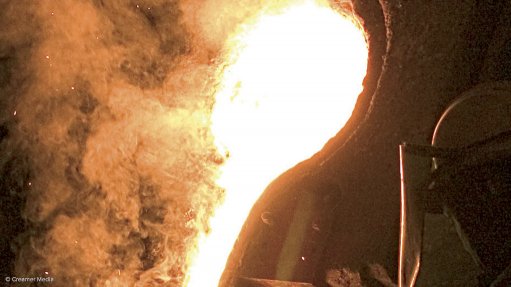
COST EFFECTIVE PRODUCTION
The high pressure die-casting process allows fast, precise cost effective production of components
Photo by: Duane Daws
High-pressure die-casting provides the shortest route from molten metal to completed component and comprises injecting molten metal into a hardened steel mold and allowing it to solidify under pressure before ejection, says casting supplier MRT Castings, in Andover, England.
It is a repetitive process in which identical parts are cast, ideally at high production rates.
High-pressure die-castings’ wall thicknesses can be as little as 1 mm to 2.5 mm. The production method provides the best surface finish – of 1.5 mm – and a very fine-grained surface can be obtained.
Pressure die-castings have high strength in the cast condition. Castings may be quenched from the die. “Castings may suffer from porosity, although evacuated chamber and other techniques may reduce this,” the company explains.
Machine size will limit casting size. Sound thick sections are difficult to cast, and core configurations must be complex to enable disassembly.
MRT notes that the company has high- pressure die-casting machines with locking forces of between 220 t and 530 t. All features include computerised real-time shot control, automatic ladling, die-spray, automatic casting extraction and cooling.
The company explains that the high pressure die-casting process allows fast, precise cost-effective production of aluminium or zinc components, for instance, meeting the needs of ‘hi-tech’ industries where product appearance and dimensional tolerances are critical.
High start-up costs are traditionally only reduced by long casting runs, thereby usually only enabling low unit cost with high-volume production. MRT notes that many pressure die-casting foundries offer their services for high-volume orders only, claiming that lengthy setups make the process prohibitive to small quantities of zinc or aluminium die-castings.
MRT says, however, that it has optimised its tooling preparation and setup operations to make the process more accessible to customers who require only small quantities of aluminium or zinc castings, but whose applications would benefit from the excellent dimensional and cosmetic properties of pressure die-casting.